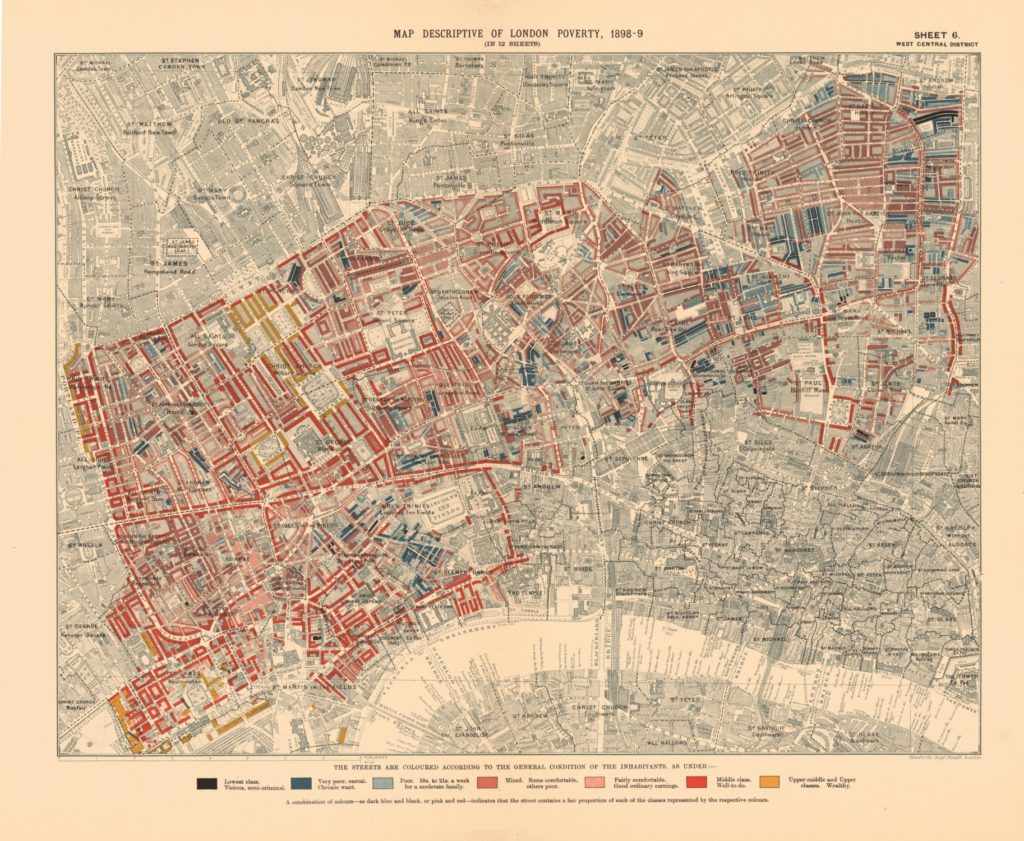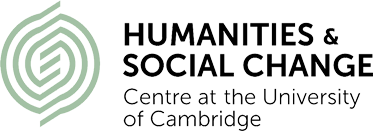Economists in the City: Reconsidering the History of Urban Policy Expertise
An introduction
When and why did the expertise associated with economics as an academic discipline become so highly valued in the world of public policy?
We planned a workshop to explore this broad question in relation to the more specific theme of policy-making in relation to cities, and the influence of agglomeration economics upon urban and government policy in countries like the US, France and the UK. And our aim was to examine, in particular, the increasing focus upon cities in the work of an important group of economists since the 1980s, and to explore some of the main lines of criticism of public policies that reflect the logic and value of agglomeration.

We anticipated a rich conversation on these issues between historians of economics, economists, urban policy experts and social scientists. The embedding of agglomerationism within the thinking of policy-makers and governmental institutions provides a fascinating example of a broader shift towards the growing impact of economic expertise, and indeed of individual economists, on policy-making.
This focus sits within a wider field of study which is interested in the complex roles that economists have at times played – as public intellectuals, policy experts and academic specialists. How different kinds of analytical tools and a particular style of economic reasoning made their way into the world of elite decision-making is a major theme of interest for many historians and social scientists. So too is the related question of how quantification (testable theoretical hypotheses, measurement technique and indicators, as well as decision-models) has over the last few decades gained ascendancy in policy circles.
As a result of the on-going Covid-19 crisis, we have decided to convert this event into a blogged conference, publishing shortened, online versions of a number of the papers that were due to be presented at the original event, and eliciting comments and responses to these as comments.
We will be publishing the first of these posts on Monday 18 May, and others will appear shortly afterwards. The conference will open with a contribution from Dr Béatrice Cherrier (CNRS, University of Cergy-Pontoise) and Anthony Rebours (University Paris 8), Cities and Space: Towards a History of ‘Urban Economics’, introducing readers to the pre-history of agglomeration economics, and offering reflections on how the field of urban economics in the US provided a crucible for its later development.
Our other contributors include, Professor Diane Coyle (University of Cambridge), Professor Ron Martin (University of Cambridge), Cedric Philadelphe Divry (University Paris 1 Panthéon-Sorbonne), Professor Denise Pumain (University Paris 1 Panthéon-Sorbonne) and Professor Philip McCann (University of Sheffield).
After we have published each of their contributions, we will invite other contributors to comment in response, and will offer our own reflections about some of the key debates and issues.
We would like to thank The Humanities and Social Change International Foundation for supporting the work of the ‘Expertise Under Pressure’ project at Cambridge, which hosts this particular project, as well as colleagues at CRASSH where the project is based, for their intellectual and logistical support for it.
Michael Kenny and Cléo Chassonnery-Zaïgouche
Cambridge, 15 May 2020.
PS: We chose as a visual an detail from a map made for Booth’s Inquiry into the Life and Labour of People in London. It is a part of this particular map: Map Description of London Poverty, 1898-9, West Central District, part of a larger enterprise to produce maps for London in which the levels of poverty and wealth fare mapped out street by street.
